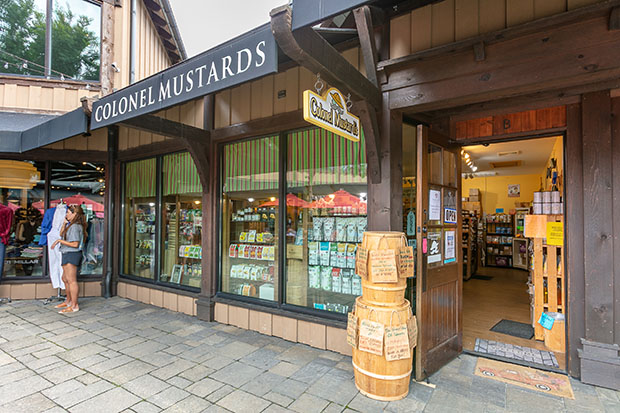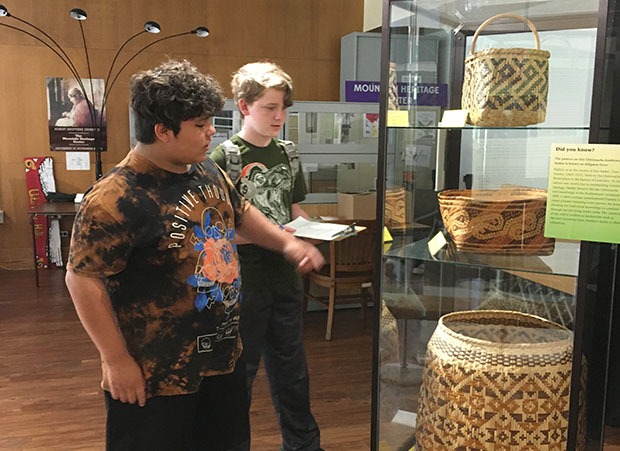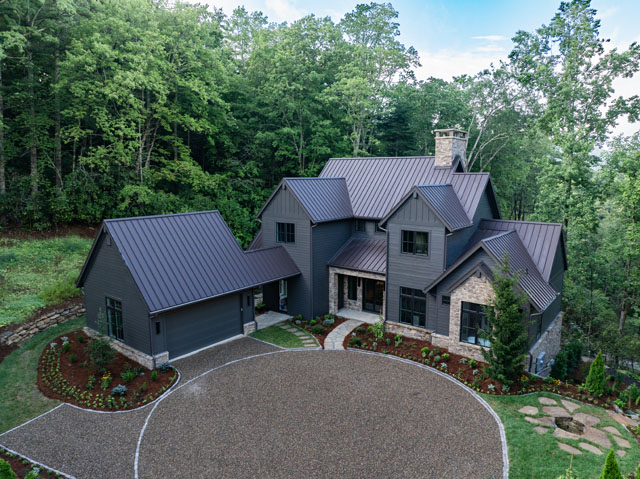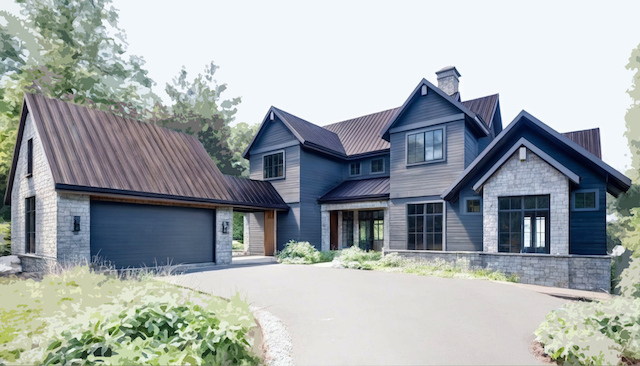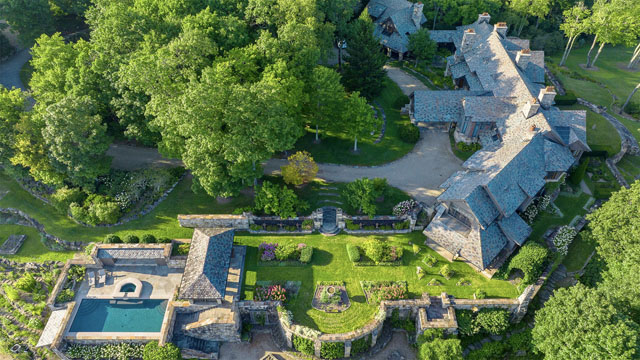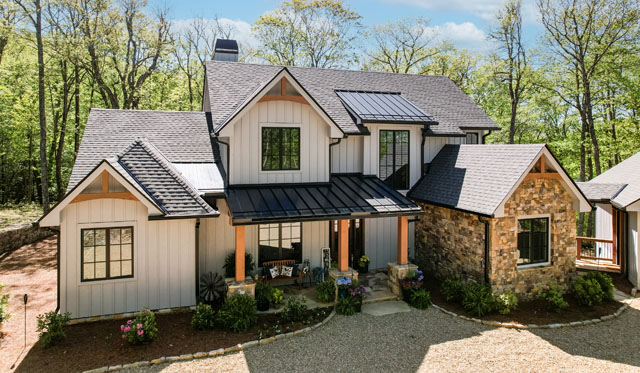Eluding Erosion
04 Oct 2021
Landscape design solutions for the fall planting season
By: Kristin E. Landfield
Photo by Kristin E. Landfield
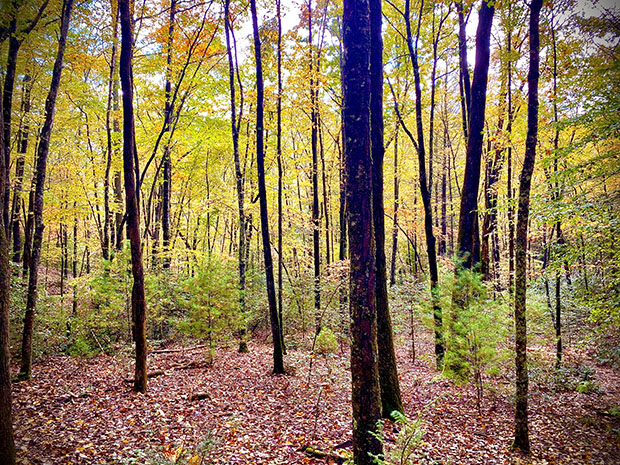
Autumn is upon us here in our beautiful mountain surrounds. For me, the fall is the most evocative and nostalgic time in the landscape. The refracted light of the season, damp scents in the woods, changing leaves trembling in the wind—all are tender reminders of the passage of time and the need to notice and appreciate abundance as the year wanes.
Fall is also a great time to consider our landscapes and gardens. It’s a choice time to plant, so says the adage “fall is planting season,” especially when installing trees and shrubs or plants sited in areas difficult to water. Fall planting affords the benefit of cool nights and rainfall while there is still some warmth in the soil, stimulating initial root production. Allowing field-grown plants and larger specimens to go dormant prior to transplant assists their transition before spring leaf production. When planning larger landscape projects requiring equipment, working in the colder months means the messiest and more disruptive work will be complete while the herbaceous plants are asleep.
This year in western North Carolina, many fall landscape projects will attempt to resolve resultant damages from the torrential rainfall this past August. Reverberations from tropical storm Fred pummeled the region, ensuing historic flooding and devastation. Anyone who witnessed this deluge recognized the potency with which rainfall can course down these rugged mountain inclines, demanding access to our abundant waterways. Such climate phenomena are integral to many of our most treasured natural landscape features (i.e., lush vegetation and biodiversity) as well as destructive outcomes (i.e., erosion), especially as building increases. More built structures, construction compaction and impermeable surfaces limit rain absorption in the natural contours and plant communities that support our slopes and valleys.
As homeowners and stewards in this beautiful area, our private landscaping and gardens are powerfully impacted by the striking ecology around us. Reciprocally, our personal landscape practices have robust effects on precious wilder spaces. As larger projects are planned and implemented, treatment of water management and erosion mitigation are essential to both the project’s success and protection of the surrounding beauty that draws us here in the first place. So, as we’re enjoying our fall planting, it’s essential to consider and resolve the movement and receipt of water. Erosion mitigation can be supported in numerous ways; on steeper inclines, a multi-pronged approach may be required.
A few tips for successful fall planting and erosion management:
-Identify areas for drains, berms, channels, etc. along with other landscape features. These should all work in tandem to create a beautiful and healthy landscape.
-Use the movement of water to your advantage. Our rugged topography supports naturalistic interpretation in landscape design. Grading and contouring, using native boulders effectively, and creating rock channels can all direct water and simultaneously enhance aesthetics.
-Think in terms of plant communities and a cohesive native palette to help support hillsides, banks, woodland and riparian spaces. Plants should weave together and carpet the understory. This may
require such initial strategies as erosion matting, forming rock planting wells, staking, hydroseeding etc. to aid purchase and root growth on an incline. Large swaths of mulch are not your friend.
-Wait to plant herbaceous plants until after winter’s freeze and thaw cycle. Smaller plants can heave from the frozen ground and be exposed to winter damage. If planted in late fall or winter, be sure to mulch and check to see if a plant needs to be nestled back in place after a pronounced freeze.

